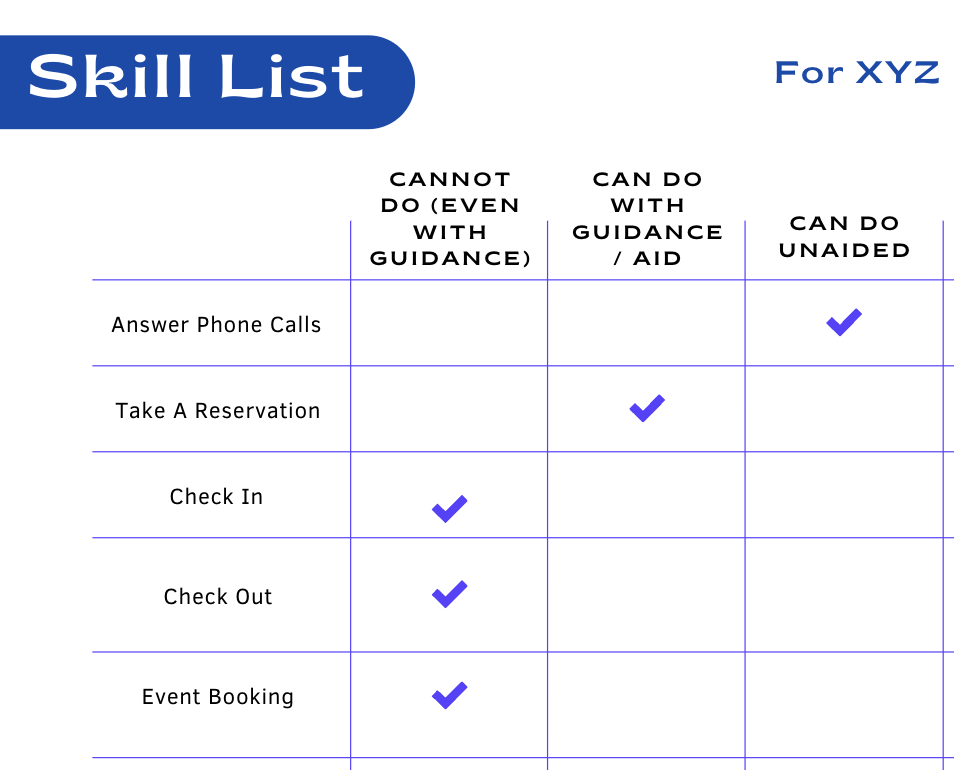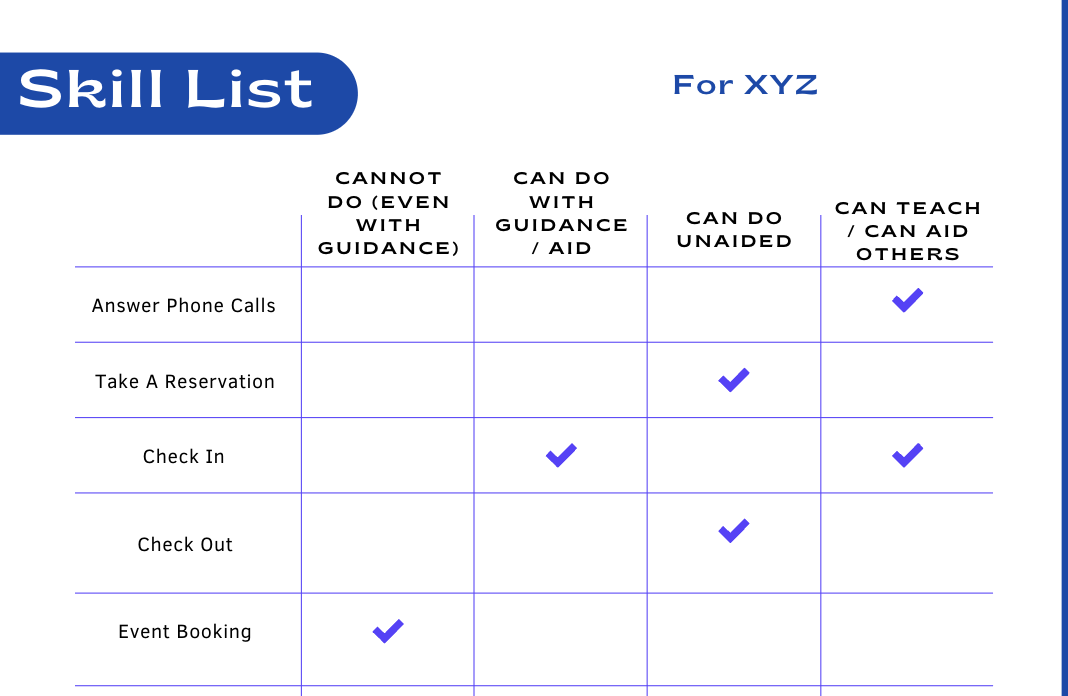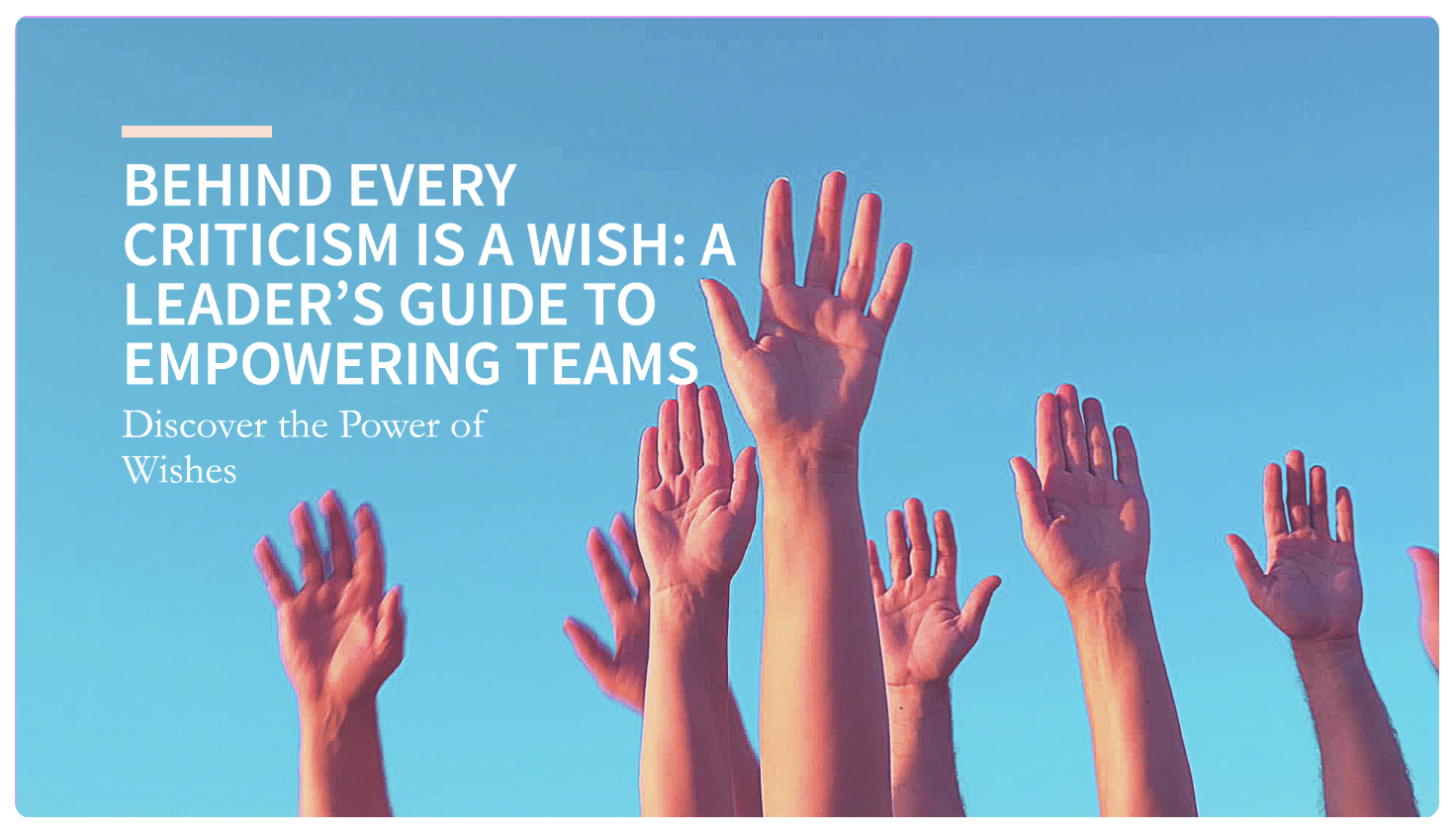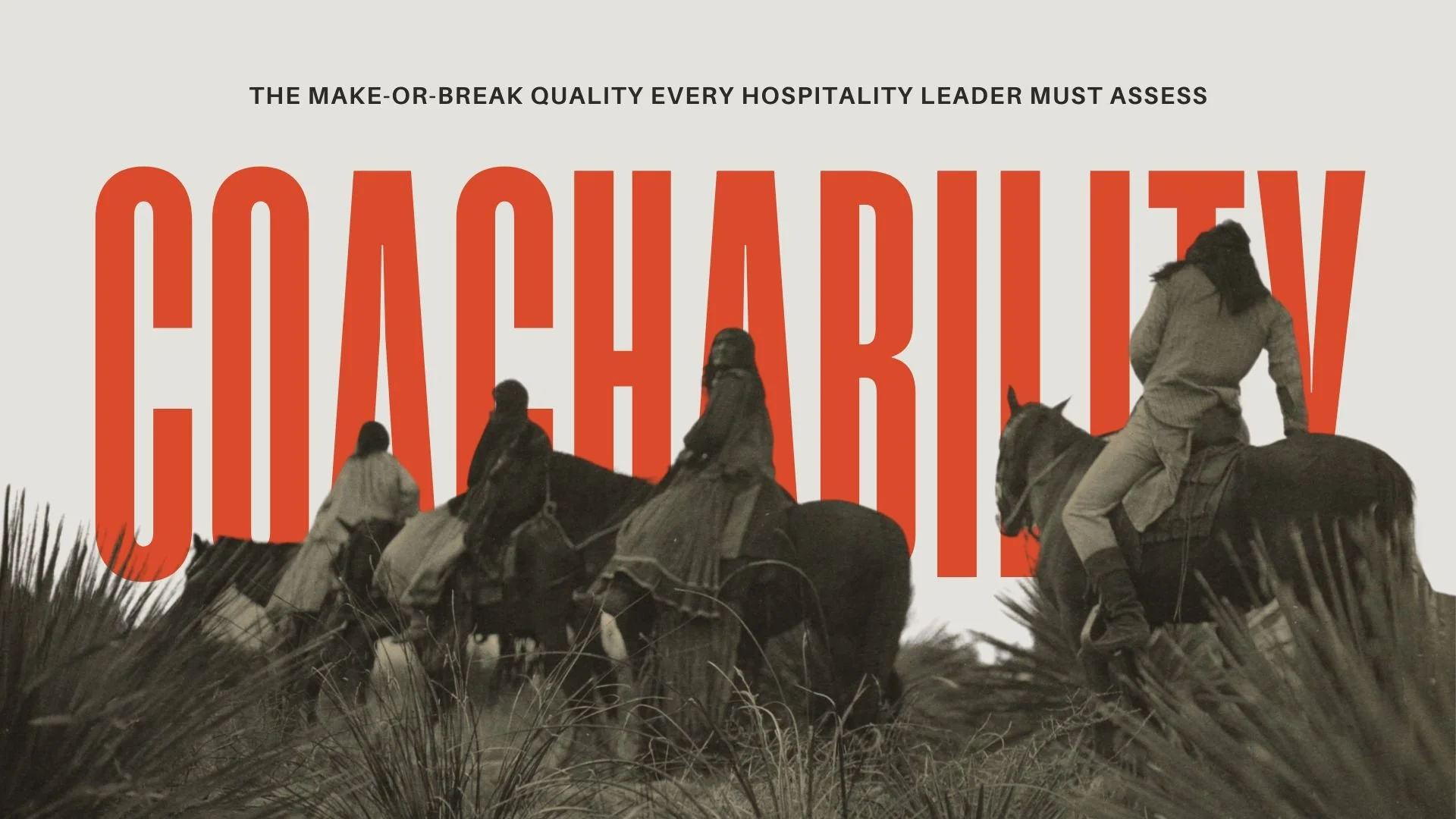The Zone of Proximal Development & Some Ideas On What To Do With It.
The zone of proximal development (ZPD) is the distance between what a learner is capable of doing unsupported, and what they can do supported. It is the range where they are capable only with support from someone with more knowledge or expertise ("more knowledgeable other")
Think of it in terms of learning how to drive a car. Parents and driving instructors guide driving students along the way by showing them the mechanics of how the car operates, the correct hand positions on the steering wheel, the technique of scanning the roadway, etc. As the student progresses, less and less instruction is needed, until they are ready to drive on their own. This is the concept of scaffolding.
Scaffolding is a process through which a teacher or a more competent peer helps a student in their ZPD as necessary and tapers off this aid as it becomes unnecessary—much as workers remove a scaffold from a building after they complete construction.
Why is it relevant to Hospitality & Service Industries?
I have been thinking about trainees this week: Industrial Trainees (ITs), Hotel Operations Trainees (HOTs) & Management Trainees (MTs). While the level of knowledge (and what is expected of them) may vary, the common thread is the 'learner' part of the designation/role. Trainees by definition, need to train. While there are some very good models the industry uses - buddy system, a mentor system, learning checklists, projects etc, I was on the quest for a meta-model. I think I have it.
Instinctively this concept makes sense. Allow me to detail this a little bit and you will see it works for any team member, not just trainees.
Actionable Insights
Use JDs /Check Lists for Tasks.
Create Job Descriptions / Job Lists with 3 columns against each item. Mark each of your team members on:
Column 1: Cannot Do (even with guidance)
Column 2: Can Do With Guidance / Aid
Column 3: Can Do Unaided
For the trainees or new joinees, the entire list may start with everything in the first column.
As your team member progresses through the skill levels, you can also use this to measure learning outcomes or progress.
Go Slow
Make sure the learner learns something just out of her comfort zone or current knowledge.
Once that is done, then add another level.
Challenge the learner, but do not make the skill to be learnt in one go, so difficult that they lose heart or give up.
Go Deeper
This is the vertical integration concept. If someone has been able to learn a skill or a task, you can use The Zone of Proximal Development to add knowledge/skill to a deeper level.
For example, if someone can finally take a reservation by themselves, see if you can then push them to learn to take a group reservation by themselves. If they can serve one table or manage one table in a restaurant, push it to two or three.
You can also go deeper by complexity or responsibility. i.e. if your team member can finally park a sedan as a valet, can you get them to park a luxury car? If they can park 10 in an hour, can they park 20?
Use this method to create specialists in your team.
Go Wider
This is the horizontal integration concept. If your team member has learnt how to take a Room Service Order? can they learn how to deliver it, then serve, then clear it.
For the same skill, once the basics of taking an order are done, learn how to suggest, and upsell.
Use this method to create generalists (cross-trained) in your teams.
Learn how to make a reservation > then learn how to welcome > then check in > then escort the guest to the room > then how to check a room > make a room (so on and so forth)
Want to make this WOW?
Take the Task Check List example above. A Wow would be to add a fourth column, 'Can Teach' or 'Can Aid Others'. Use this to create departmental trainers.
Measure yourself as a leader on the number of people in your team who can teach others how to do things the right way. (the right way is the way we do it here for most organisations)
Get HR to use this tool for recruitment. At the recruitment stage, use the job list and the columns like an assessment sheet. You may still go ahead and hire someone who does not have proficiency in everything, but at least everyone in the system is aware of the work required.
Use Groups to challenge and help each other grow. You can make groups based on skill levels, or for specific skills or processes. Give points, run competitions. Make it fun to learn and teach.
Use this for potential assessment. Rather than the 'management feels' concept, see how much a particular team member has grown (learnt, done) over the last year. Team members who demonstrate the ability to learn are more valuable. The ability to grow is potential.


















Discover why coachability—not talent—is the true differentiator in hospitality success. This article reveals the 5 observable signs of coachable team members, provides a practical assessment framework, and offers actionable strategies to build a coaching culture that drives measurable business results. Learn how to identify uncoachable behaviors, and when to make tough decisions about team members who resist growth. With research showing coaching cultures deliver up to 20x ROI through improved guest satisfaction, lower turnover, and faster innovation, this essential guide helps hospitality leaders transform their teams from merely skilled to continuously adaptive and high-performing.